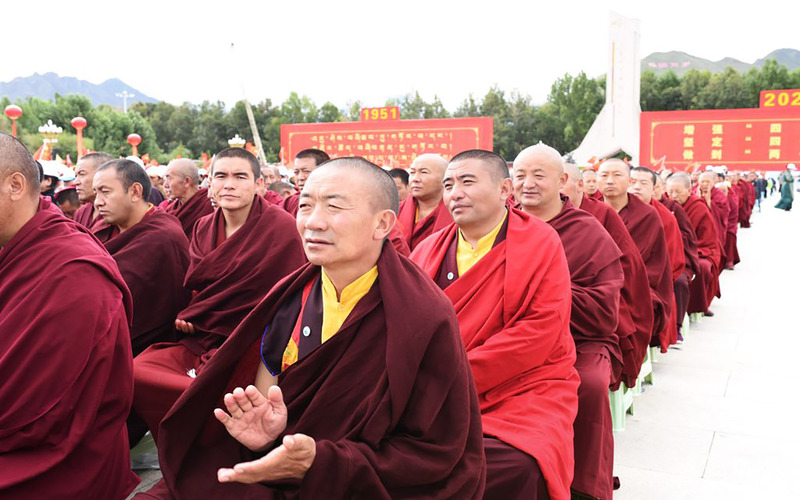
China’s Narrative Control Over Tibet
China’s campaign of disinformation on Tibet is a strategic effort to reshape global perceptions and legitimize its control over the region. Since the establishment of the People’s Republic of China (PRC) in 1949, Beijing has employed information warfare to assert that Tibet has always been part of China, despite historical evidence showing Tibet’s independence.
Historically, Tibet was an independent nation with a rich cultural legacy. Under the Tibetan Empire, particularly during the 7th century, Tibet controlled large territories, including areas now within modern China. In 1913, Tibet reaffirmed its independence as a nation-state under the 13th Dalai Lama, Thupten Gyatso. Recent studies further disprove China’s claims that Tibet was historically part of Chinese entities.
Beijing’s narrative of “liberating” Tibet from serfdom is a central element of its propaganda, used to justify the 1951 annexation under the 17-Point Agreement. However, this narrative masks the severe repression Tibetans continue to face. While Beijing portrays pre-1951 Tibet as a society of serfdom, the current system of control resembles a new form of serfdom under Chinese rule.
In 1965, China created the Tibetan Autonomous Region (TAR), representing only part of Tibet’s traditional homeland, including Amdo, Kham, and U-Tsang. This move fragmented Tibetan territories and undermined their status as an independent nation. While many countries initially accepted China’s narrative, recent developments like the US “Resolve Tibet Act” recognize all traditional Tibetan provinces, challenging Beijing’s territorial claims.
China’s control also extends to the suppression of Tibetan culture and religion. Beijing manipulates the recognition of Tibetan religious leaders, aiming to control the succession of the Dalai Lama. The PRC’s educational policies further erode Tibetan identity by promoting Mandarin over Tibetan language and culture.
China’s repression isn’t confined to Tibet; it also targets Tibetans abroad. The PRC uses threats against family members in Tibet to pressure exiled Tibetans, a tactic well-documented by human rights organizations. This transnational repression reflects Beijing’s broader strategy to maintain control over Tibet and its people, both at home and abroad.